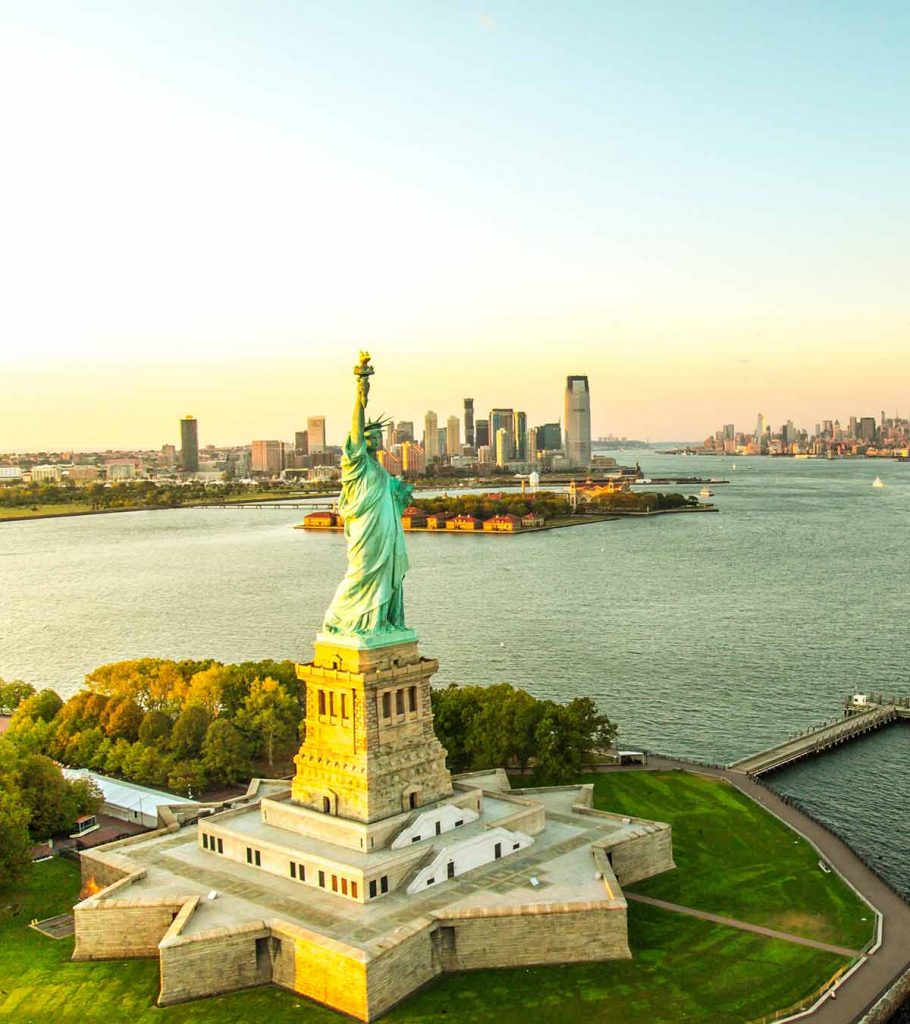The New York colony was among the oldest inhabited places in pre-independent America. Although it was under the control of the Britishers for a significant time, it did not always have a British occupation. So how did the New York colony come into existence and who were its original inhabitants? Here is a MomJunction article with a list of 25 interesting New York colony facts for kids.
The New York Colony Foundation And Name
- The New York colony was originally called the Province of New York by the British.
- The area for the colony was first explored by the Italian explorer Giovanni de Verrazano, in the year 1524. He explored the New York bay area and sailed along the New York coast.
- In 1609, the British explorer Henry Hudson extensively explored the New York metropolitan area, which is the area around the present-day New York City.
- Henry Hudson worked on behalf of the Dutch East India Company and was exploring a route to China through the Arctic Circle. During his search, he landed in the New York area, which was not a colony yet. The Hudson River that flows through New York state is named in honor of Henry Hudson.
- The Dutch took over the land, made it into a colony, and named it New Netherlands. They formed a major trading post at Albany (the capital of present-day New York state).
- In 1625, the Dutch West India Company sent the Dutch businessman Peter Minuit to explore the area around New Netherlands, to create a new trading post. Peter Minuit chose the Manhattan island, which is now part of New York City. He purchased the island from a Native American tribe for goods worth of $24.
- The island purchased by Peter Minuit was renamed New Amsterdam, and it became an essential Dutch settlement for trade and commerce. New Amsterdam is where present-day New York City is located.
- The British gradually annexed parts of New Netherlands and had their eyes set on the trading post of New Amsterdam.
- The Governor of New Amsterdam eventually surrendered New Amsterdam to the British during the Anglo-Dutch war of 1664.
- The entire colony of New Netherlands with New Amsterdam was now under British control. The British renamed the colony to New York in honor of James, the Duke of York, who had rallied the British Navy to seize New Amsterdam. James went on to become the proprietor of the New York colony.
[ Read: Facts About Japan ]
New York Map And Geography
- The original New York colony consisted of 12 counties. Two additional counties were added in the year 1772.
- The New York colony covered an area that includes present-day New York State, New Jersey, Vermont, and Delaware. Parts of present-day Pennsylvania, Massachusetts, Maine, and Connecticut were also within the New York colony limits.
- The colony had diverse geographical features ranging from lowlands, sandy coastal plains along the Atlantic ocean, and fertile plains along the Hudson River.
The Economy Of The New York Colony
- The area around the Hudson River was fertile and promoted agriculture. It made the New York colony a major exporter of grains.
- Wheat was an important crop cultivated in New York. Wheat grains were ground and exported to England as wheat flour.
- Extensive agriculture gave New York colony the nickname ‘breadbasket colony.’ The colony also had a higher commercial significance compared to other British colonies in America.
- Agriculture became a lucrative business due to the fertility of the land in the region. Landowners became rapidly wealthy. It was common for landlords to give out lands to tenants farmers.
- Animal fur was another vital commodity from the New York colony. Fishing also made a good profit since the province was near the coast.
Population And People of The New York Colony
- The population was heterogeneous. There were people of British, Dutch, French, and German descent along with Native Americans and African Americans.
- A multitude of people brought variations in religious practices. Several subgroups and sects of Christianity such as Catholics, Protestants, Quakers, and Lutheranism coexisted. Judaism was another religion found in the colony.
- In 1690, the population of the colony was 20,000 and reached 100,000 by 1756. New York City had a significant concentration of population, which was also the most diverse in the colony.
[ Read: Pennsylvania Colony Facts ]
New York Colony and The United States
- The New York colony signed the declaration of independence on 9th July 1776. The colony was now a sovereign state and no longer under the British rule.
- New York state formed and adopted its constitution on 20th April 1777.
- On 30th June 1777, George Clinton was the first governor of independent New York state.
- The state of New York signed the Articles of Confederation on 9th July 1778 and officially became a part of the United States of America.
New York colony evolved into the present day New York state with nearly the same ethos of its precursor. New York City in the state of New York is a global commercial hub and among the most culturally diverse cities in the world. The state’s evolution is fascinating, which leaves many in awe of it.
Have you been to New York? Do tell us your experience in the comment section below.
Recommended Articles:
